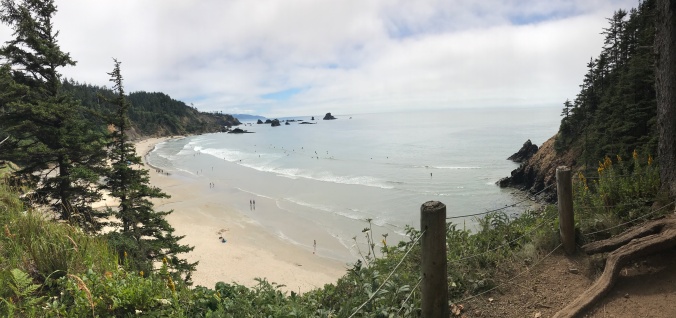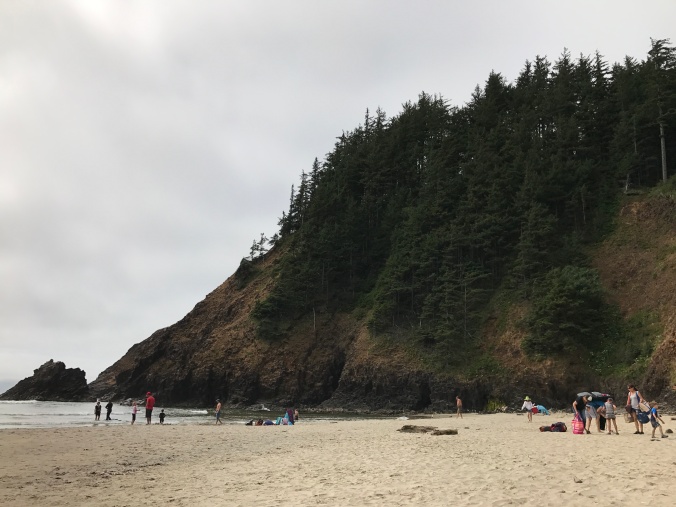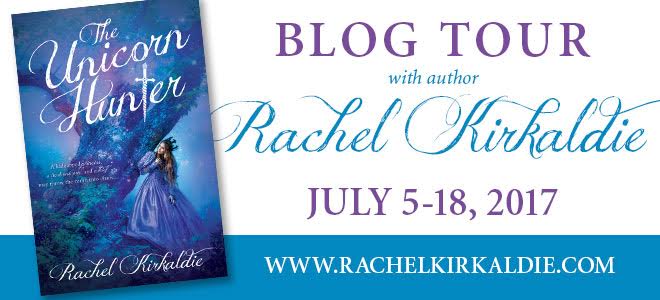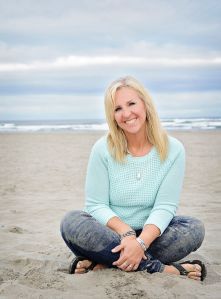
 I have felt so privileged to not only be introduced to the inspiring story and ideas in Safe House, but to also get to know the author, Shannon Symonds a little. She has been open and fun to work with. When I told her I would be visiting near Seaside, Oregon she was excited and kind enough to give me the 411 on all of the best places to go and best things to do .
I have felt so privileged to not only be introduced to the inspiring story and ideas in Safe House, but to also get to know the author, Shannon Symonds a little. She has been open and fun to work with. When I told her I would be visiting near Seaside, Oregon she was excited and kind enough to give me the 411 on all of the best places to go and best things to do .
She also took the time to answer some questions that I had after reading Safe House. Her words just give me more respect and admiration for the work that she does and for the person she is. I could tell through the book that the events and message were something she truly knew about through experience, which makes the book so much more powerful and informative. The details that I learned through my interview with her help me appreciate her writing all the more. I hope you enjoy getting to know her a little better too. Check out the interview below and then check out Safe House.
1. Do you plan to write any more books? Could there possibly be more to Grace’s story? (I’d read it!)
Thank you for asking! I would love you to review it.
I planned another story as I was writing this one. It has been taking shape for a while now. I have a working outline and can’t wait to get started! This autumn when the rain starts falling, it will be me, a fire in the fireplace and “Insert surprise name here.”
The next book will be in the same location, same characters with some new friends.
2. It really stood out to me in the book how all of the characters needed family and friends to help and support them. Even Grace couldn’t do her work as an advocate without the help of her mom, siblings, and children. Do you find that same level of support is necessary for you to fulfill your work? Who has been a source of help for you?
I think this is a wonderful question! Connection is an important part of healing. I have been blessed with the gift of family and I would not be who I am today without my massive, loving extended family.
On one of the hardest days of my life, I chose to take my 5 children and leave my first marriage. I left home in a VW Van with a hundred dollars to my name. I remember pulling over to the side of the road, wondering if we would end up sleeping in the van or if my mother would let me come home. It was one of the toughest phone calls of my life.
Even though my mother was caring for her father and still had children at home, she answered my call and welcomed me home with open arms. I wasn’t there long, but I was grateful. Although I don’t share the reasons I left, I tell everyone I know how thankful I am for the support of my family.
Later, when I remarried we bought a house a block from the beach in our happy place, Seaside, Oregon. It was built in 1896 as a store with an attached residence. The store was large and empty. I offered the space to my parents who built an adorable in-law apartment in it, complete with a loft. Dad was a teacher and they spent summers with us in the house we all lovingly refer to as, “The Old Store.”
Our lives were very much like Grace and Mable’s. My husband did shift work for many years. When I had a crisis call, night or day, if he wasn’t here, they were my backup crew.
My parents have a 50 plus year marriage that reminds me happy endings are not only possible but a worthy goal. Their strength and gusto for life have been an example to me. My mother turns 80 this year. A few weeks ago she was outside painting our house in the summer sun.
One of the major red flags for an abusive relationship is isolation. Abusers go to great lengths to break connections survivors have with family and friends. This process can involve everything from checking all the survivor’s texts to moving them away from their support system.
On the other hand, we all thrive with connection and a sense of safety.. If you have a friend or family member In an abusive relationship, be there for them. Asking for help is often the first step to recovery and the hardest thing a survivor may have to do.
3. The setting is a driving force in the climax of the book and also an important part of the tone. I connected with it not only because I’m a newbie to the Pacific Northwest, but also because your love for the area shines through in the descriptions and detail. Any reader is going to want to see the beauties you describe if they haven’t already. What do you love most about where you live?
What I love most about living in the Pacific Northwest is the rugged beauty at every turn, rain or shine, and all the delicious fresh fish.
I am an outside girl. I have been known to take my laptop and hotspot to the oddest places. I love being able to walk out my front door and in a block hit the sand for a run or walk every day. When life is right, we spend Saturdays outside. Within 30 minutes of the house we can hike, kayak, spend a day on the sand or build a bonfire on the beach.
I found a new love later in life, fishing. Fishing is an excuse to get on a 40-foot boat, with an all-important bathroom, and spend the day on the ocean. We also crab and clam. There is nothing better in my world than catching my favorite food. Vegans… I apologize.
4. The location also is a “trap” for some of the characters and certainly becomes a problem for everyone near the end. Have you ever felt that way about your Oregon coast home? What’s the worst part of living there?
The worst part of living here is also the thing that can trap us here, and make living here wonderful. It is the weather. However, being a Coastie, I love the things that make other people crazy.
For example, almost annually it rains enough that the only road in and out of the county flood both North and South. Locals learn quickly to read tide tables and gauge their travel during low tide, or when the water on the road is only a few inches deep. However, most of us have a secret love of driving through large puddles and have been known to post embarrassing FaceBook videos of our drive with hysterical laughter in the background.
The Pacific Northwest is supposed to be known for its mild weather, however periodically it snows and when it does, life comes to a halt. People in the Midwest may be driving through blizzards, but if there is a light dusting we call it a snow day and stay home to play. I love that! However, The mountains between the coast and major cities become deadly ice-skating rinks and we are definitely trapped, or stay home if we are wise.
When the wind is blowing sixty miles an hour in the winter, we don’t notice. When the wind is blowing 80 to a 100, it is a gale. But when it tops 100 sustained, our lights go out. Snow and ice also bring power outages. Every year or so we have a wind, ice-storm or snow storm and lose power for a day or five days, depending on the damage. But we are prepared! We have oil lamps, a fireplace, and stacks of books.
5. Have you ever experienced anything that comes close to the disasters at the end of the book?
Yes! Everything in the book, as far as the weather and storm, come from my experience or stories my friends told following the first hurricane north of the 45th parallel in 2007. It hit Seaside head on and cut us off from power, phones, and civilization for days.
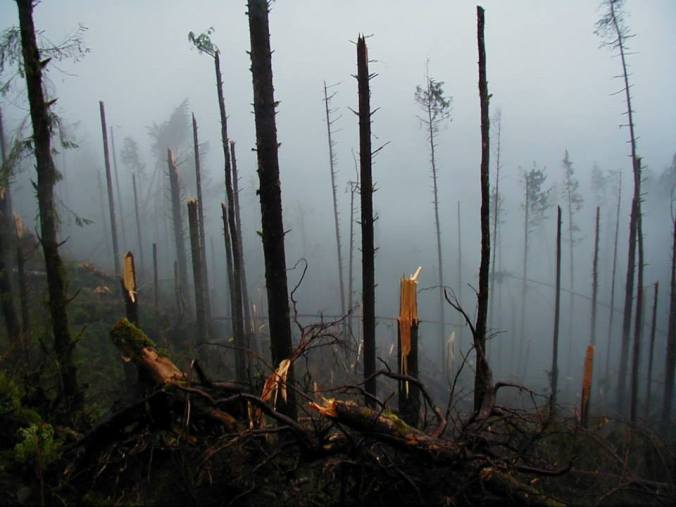
Three powerful storms came together to form one giant swirling hurricane that lasted well over 24-hours. Winds in seaside were clocked at over 129 mph.
I worked in our church women’s organization. Our little church spent days with chain saws cleaning up fallen trees, helping with animals and the elderly in our area. I was the only one with hot water and a working old fashioned telephone. People lined up to use our shower and a neighbor brought her dishes over in a wagon to wash them.
As life threatening as the storm felt, I experienced it as an affirmation of what a wonderful town and church I belonged to. Everyone pulled together, and even though we were without power, we were smiling.
6. You and Grace are similar in your work and in where you live. Do you share other similarities with Grace? Is there a character you relate to most?
Grace is probably a lot like I was at Grace’s age. Grace and I share similar hair issues. I have however, discovered something called a Brazilian Blowout and a hair straightener. Every day I beat my hair into submission and regularly the Oregon rain wets it down and the kinks and curls come back.
Her work is patterned after a job I did for 15 years, and continue to do part time. The major difference is in our area the domestic and sexual assault advocates work out of a small non-profit. There is no fancy office on the river or nice furniture. There is a lot of shabby sheik thrift store furniture in an office without heat in the winter and without air in the summer. The other difference is Grace gets to focus on one job. In small non-profits, you fix the toilet, lead the support group, clean the shelter, meet with survivors and go home to take a call shift. I am proud to say, we made every dollar count!
7. Your book definitely helped me see aspects of domestic abuse that I had not considered before. I understand better how it is something that has the potential to affect anyone in any walk of life. It makes me think I may know more people than I think who have to deal with this terror in their lives. How can I help people in my life who may be victims of domestic or sexual abuse? Are their warning signs we can look for in our own relationships and in helping the people we care about?
1 in 3 women and 1 in 4 men have been victims of some sort of violence in their relationships, so there is a better than good chance you know someone, are related to someone or have had at least one experience with domestic abuse. Shame is just one of the things keeping us from talking to each other, and secrets perpetuate the abuse.
One of the best ways to help survivors is to trust they know their story and what they need better than anyone else. I keep the National Domestic Violence Hotline number (800-799-7233) on my blog. You can call them to ask questions about what you’re seeing, concerns about friends or your own relationships. You can also give their number to a survivor. But be careful. The abuser may be monitoring their texts and calls. I usually write down Mary Kay or something similar and the number on paper.
Some of the signs someone is in an abusive relationship include:
Controlling behavior. Everything from checking texts to controlling how a survivor spends money or who they talk to
Jealousy. Abusers may control who talks to a survivor or make their life miserable if they receive attention. Survivors sometimes change the way they dress or behave to avoid unwanted attention they know will upset the abuser.
Isolation. Abusers may sabotage family relationships, jobs and friendships until the survivor is isolated. They may tell the victim not to hang out with friends because they are bad for them, or they may even push the survivor to move far away.
Verbal/Emotional abuse. Survivors usually tell me the verbal and emotional abuse is worse than the physical. Bruises heal, but they have a hard time forgetting the threats and put downs.
When you begin dating and you wonder if someone may or may not be abusive, there are a few red flags or signs of potential abuse you can look for.
Quick involvement. Pushing you for a commitment and asking you not to talk to friends or family.
Jealousy. This can feel flattering at first, but it is actually a red flag for someone who may become increasingly controlling.
Controlling behavior. For example telling you they need to help you with your budget because you aren’t good with money and then gradually taking over control of your accounts.
Past history of abusing an intimate partner. We have all heard people complain about their exes and sometimes it is warranted, but a criminal history of domestic assault is a red flag.
We often blame someone’s abusive behavior on drugs and alcohol. While it is true, there are drugs which make people aggressive, domestic violence is a pattern of systematic power and control that includes physical abuse. Gas lighting or making someone feel crazy, name calling, and threats.
Survivors often blame themselves. You may not be perfect. You may be in a toxic relationship, but there is no excuse for physical or sexual abuse.
We often equate domestic violence with low-income or addiction. The truth is, if you have money and you are abusing your spouse, you can afford a house in an isolated location or an attorney if you are arrested.
Walls in low income apartments are paper thin and in my opinion, that leads to more law enforcement involvement. When survivors are professionals, like counselors or lawyers, they are heavily invested in keeping their abuse a secret so it doesn’t impact their career.

8. In your experience what is the major element in healing from abuse?
There are many different ways to heal. Survivors do many things to cope while they are being abused. They may drink for the first time, or they may develop an eating disorder, they may even do healthy low-cost things to cope like gardening. The problems arise when survivors begin using a high-cost method of coping like alcohol during the abuse, and after the abuse is over are still using it to cope with anxiety or stress.
It is normal to have anxiety and need time to heal after trauma. The important thing is to find a healthy coping mechanism like exercise or reading a good book to self-sooth while you work on recovery.
There are a lot of free trauma recovery groups available through domestic violence agencies. If you break your leg, you go to a doctor. If you break your heart, please see a counselor.
Recovery doesn’t require us to spend a lot of time talking and thinking about the experiences we had. Recovery happens when we find hope for our future, remember who we are, develop healthy boundaries, have self-compassion and healthy coping skills for anxiety or stress.
9.You are a woman of faith and the characters in your book also find strength through Jesus Christ and organized religion. How does your faith help you in your work? I’m sure talking religion with clients is a “no-no,” as it is in most fields, but do you find you are able to share your faith in any politically/socially acceptable ways?
When I am with a survivor I try to keep the focus on them. They will tell me if their religion is important to them or a resource that can help support them. Sadly, they will sometimes tell me their religion shuns them for leaving an abusive home. I encourage survivors to use what works for them, to comfort themselves, whatever that looks like. Spiritual healing is a powerful tool for many survivors. I had a great working relationship with our local Father Nick before he moved to another parish. He was a wonderful support for survivors in need if they were Catholic.
Interestingly, for many years I hid my religion from my employer. I would like to say that when I shared my religion, it was met with a positive response, but the truth is always stranger than fiction.
Several years into my job as an advocate I told my boss what church I went to, and her response was, “If I had known, I would never have hired you!” However, that was followed by a conversation in which she shared her respect for me and my lifestyle. She recognized she had some baggage around my religion. This wasn’t the first time an employer told me they wouldn’t have hired me if they knew what religion I belonged to.
Somewhere in that journey, I learned to own who I am, what I believe and to stop apologizing for my culture. But please! Don’t mistake me for perfect. I am a work in process, not an example of the best of my religion.
I chose to write about the culture I know, including my religion. When we write historical fictions about World War II we are often exposed to the Jewish culture, even if the focus of the story is an American Soldier. If I read stories about other cultures, they usually contain pieces of other religions. Stories like Dan Brown’s, “The Da Vinci Code,” or Jennifer Beckstrand’s book, “Sweet as Honey,” placed in the Amish community, expose us to other interesting and beautiful religions and cultures.
10. With the personal and intense nature of the situations you deal with as an advocate, I know for me it would be so hard to separate myself from the emotions and worry once work was over. Is it difficult to keep your work at work? How do you keep that balance in your life? How do you keep hope and optimism alive when you deal with such tragedy in your work?
This is where my religion supports and sustains me. I have a little phrase I use to remind myself of my role as an advocate.
“I am not the Master Gardener.”
I remind myself that I believe in Heavenly Father and his son Jesus Christ, and their plan for us. I am not the Master Gardener, I simply go into the garden to tend, weed and plant seeds of hope. At the end of the day, I close the garden gate and I trust the Master Gardener who has many other workers and ways to take care of the garden, and the survivors he loves and cherishes.
I have absolutely no balance in my life. The truth is, I run hard, I play hard, I write late at night and I work way too many hours. But when I sit with the bruised, battered and yes, even those who pass on, I never sit alone. I believe in what many call their higher power, because I have witnessed the miracle of survivorship and I have seen angels rise from the ashes.

 Only Gossip Prospers by Lorraine Tosiello
Only Gossip Prospers by Lorraine Tosiello










 I have felt so privileged to not only be introduced to the inspiring story and ideas in
I have felt so privileged to not only be introduced to the inspiring story and ideas in 





